Plated brass jewelry consists of a brass core and an electroplated thin layer of gold, silver, rhodium, chrome or nickel. This creates a variety of finishes, such as solid gold or a bright silver/black finish, at a fraction of the cost.
At Castimize, we cast high-quality brass using the lost wax casting method and apply a 0.5 µm plating layer in the chosen metal. The result closely resembles the appearance of solid precious metals when new. The underlying brass gives durability and heft, while the plating provides the desired color and finish.
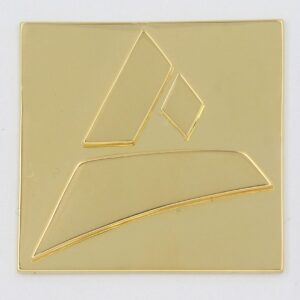
Properties of Plated Brass
| Color: | Determined by plating |
| Hardness (Mohs): | ~3.0 Mohs (brass core). Since plating metal is very thin, overall hardness is essentially that of brass. |
| Melting Point: | ~900 °C / 1650 °F (brass base). Casting is done in brass; plating is applied afterward at low temperatures. |
| Tensile Strength: | ~300–500 MPa (brass core). Brass provides good strength; plating does not add structural strength (just surface hardness for rhodium). |
| Density: | ~8.4 g/cm³ (brass). The plating’s contribution to weight is negligible. |
Why Plated Brass Is Ideal for Lost Wax Casting
Using brass as a casting material and then plating it combines two advantages: excellent casting performance and premium appearance. Brass is one of the most caster-friendly metals: it fills intricate molds well and cools with minimal shrinkage. This means you can achieve very fine details and consistent results in the casting stage.
Casting + Plating Advantages:
High detail at low cost
Versatile aesthetic options
Reduced material expense
Good strength and workability
- Consistent surface quality
Considerations:
The main consideration with plated brass is the longevity of the plating. The 0.5 micron layer will wear off in areas of frequent friction. This means over time, the brass beneath can become visible on edges, corners, or ring bands that rub against skin or objects.
Designers and customers should view plated brass as a finished fashion piece but not an heirloom piece. Expect to replate or replace the item after significant wear. Proper care (outlined below) will prolong the life of the plating.
Another consideration: when casting brass for plating, we cast the piece slightly oversized by the micron thickness to account for plating, but 0.5 µm is so thin it doesn’t meaningfully affect dimensions. Very tight tolerances (like threading) can be affected if plating bridges gaps, but for most jewelry this is not a concern. Finally, brass will oxidize if exposed, which is why we ensure 100% coverage with plating and even apply a nano-coating sealer to any tiny crevices, to delay any tarnish in case micro-pores in plating exist


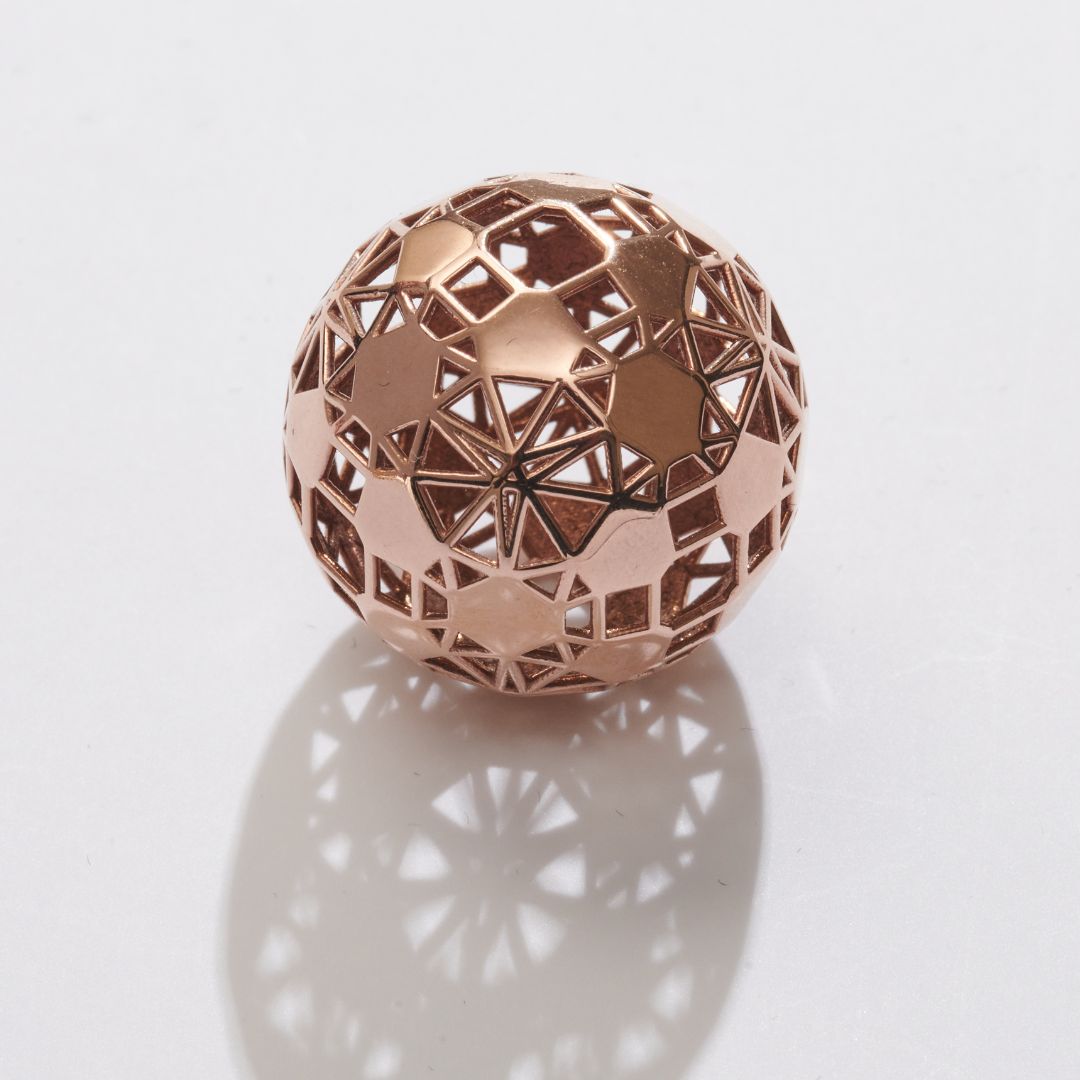
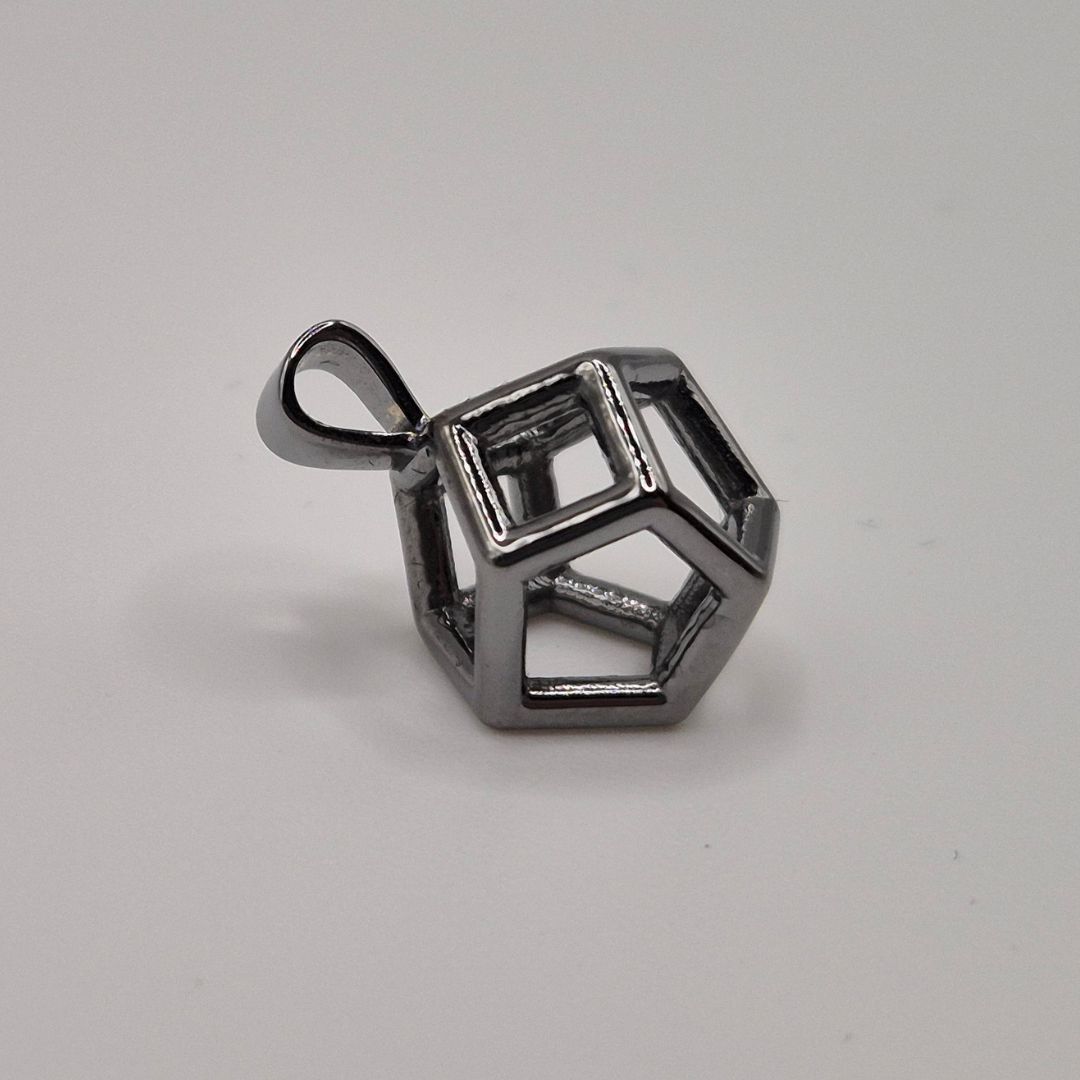

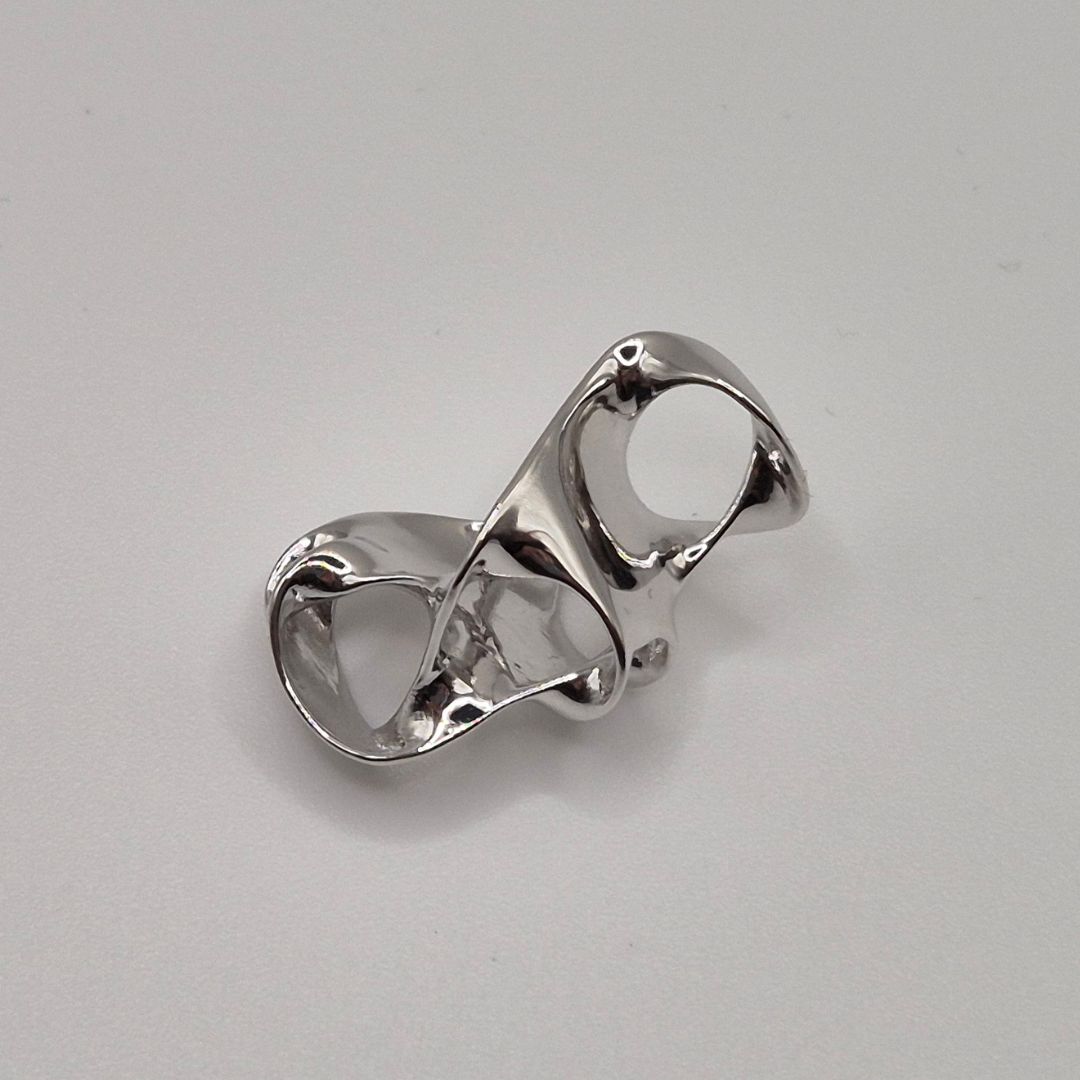
Hardness & Strength
Plated brass gets its strength and flexibility from the brass core. Brass is a soft, malleable alloy (Mohs ~3), similar in hardness to copper and softer than bronze or most gold alloys. While it has decent tensile strength and resists snapping, thin brass pieces can bend and scratch under pressure. Plating affects surface hardness slightly. Although rhodium is harder and more scratch-resistant than gold plating, all plating layers are thin and won’t prevent dents or deformation. Because plating can crack when the brass flexes, designs that require bending (like adjustable rings) are best left unplated or used with caution.
In summary, plated brass pieces have adequate strength for normal jewelry use, but plan for some softness. Make structural parts moderately thick (we recommend ~1 mm minimum for ring bands or load-bearing areas, as with our brass guidelines. The plating itself doesn’t strengthen the piece, so the design must stand on brass’s strength alone. On the upside, if a piece does get slightly bent or dented, the brass can often be gently reshaped, though the plating in that spot may crack and need touch-up. It’s a trade-off for affordability.
Corrosion & Tarnish
One of brass’s downsides is tarnish: brass will gradually oxidize, darken, or develop a green patina when exposed to air and moisture. In a plated brass piece, the plating initially protects the brass from the environment, acting as a barrier. Gold and especially rhodium are excellent protectors. However, no plating lasts forever. As tiny bits of the brass get exposed (at edges, or if plating microscopically porous), tarnish can start in those spots.
Over time, a plated brass ring might show a faint darkening at the high-wear points (like the underside of a ring or edges of a pendant). This can be brass oxides peeking through. If wear continues, brass can even form the greenish verdigris patina in exposed areas. It’s common to see an old gold-plated piece showing some green in crevices; that means the plating wore off there and copper in the brass reacted to moisture.
To combat this, Castimize applies a transparent nano-coating over plated brass pieces. This ultra-thin clear coat (invisible to the eye) provides an extra layer of protection against oxidation and tarnish. It helps keep both the plating and any minuscule exposed brass from reacting quickly. The nano-coating significantly slows down tarnish and is especially useful for our black rhodium-plated items (which have a two-step plating and could be more sensitive if not sealed).
💡 Designer tip: some designers integrate the idea of patina. For instance, using black rhodium plating which, as it wears, could reveal brassy highlights for an antiqued two-tone look (it can be a design choice).
Hypoallergenic?
Plated brass jewelry can be suitable for most people with metal sensitivities, depending on the condition of the plating. The outer plating layer is generally hypoallergenic. Our 14k and 18k gold platings are nickel-free by definition, and white gold plating is done with rhodium, which is also free of nickel and highly inert. As long as the plating remains intact, skin contact is with these noble metals, making it safe for most wearers.
However, concerns can arise if the plating wears off over time, especially on high-contact areas like ring interiors or earring posts. The exposed brass underneath is made primarily of copper and zinc. While allergies to copper or zinc are rare, copper can oxidize and form salts that may irritate sensitive skin or cause temporary green discoloration. This effect is more cosmetic than allergic, but it can be unpleasant for some.
⚠️ Note for nickel allergies: Customers with a known nickel allergy should avoid our nickel-plated brass finish.
Everyday Use
When it comes to daily wear, plated brass jewelry requires a bit of mindful care. Out-of-the-box, a plated brass piece looks just as stunning as solid gold: you can certainly wear it daily and enjoy its shine. The question is, how long will that shine and plating last under constant use? Generally, plated brass is best for occasional or moderate wear. For example, wearing a gold-plated brass statement necklace a couple of times a week, or rotating multiple rings so each isn’t worn every single day, will let them last for quite a while (potentially years) before noticeable wear. On the other hand, a gold-plated brass ring worn every single day will likely show brass peeking through in a matter of months on the underside or corners, simply from constant friction against your skin and surfaces.
With daily use, you might first notice the high points losing their gold color – for instance, edges of a ring or the clasp of a plated bracelet might start looking a little brassy. Eventually, areas that rub a lot (bottom of rings, pendant bail loops, etc.) will lose most of their plating. The piece will still be functional; it just two-tones to gold-and-brass. At that stage you can decide to have it replated or simply enjoy the “antiqued” look. Some people actually like the way plated jewelry looks after it patinas a bit, a kind of vintage aesthetic. But if you want it to stay bright gold or shiny white, you’ll need to treat it gently.
In summary, use plated brass for those fun, trendy, or large pieces that you wear regularly but not relentlessly. For everyday staples like a wedding band or daily studs, solid metal or at least vermeil (heavy gold over silver) is preferred.
Care & Maintenance
To extend the life of your plated brass jewelry, handle it gently and keep it dry. Avoid water, sweat, and chemicals like perfume or chlorine, as these can break down the plating and cause tarnish. Clean only with a soft cloth (never use abrasive cleaners, these will wear down the thin precious metal layer quickly!) and store each piece separately in a dry, dark place. Friction from wear can expose the brass beneath, but protective coatings like clear lacquer can help. Eventually, professional replating is possible to restore the original shine. With proper care, plated brass jewelry can stay beautiful for years. In short:
Avoid moisture and chemicals
Put jewelry on last
Gentle cleaning
No abrasives
Store in a dry place
Be mindful of friction
- Reapply protective coating
Note: As mentioned, we add a nano-coating. Over time, and with washing, that invisible coating can diminish. You can renew some protection by using products like an acrylic jewelry sealant (there are sprays or liquids that dry clear). Apply it to the inside of rings or entire pieces once you start seeing signs of wear – it can buy more time before replating by preventing rapid tarnish
Design, Casting & Plating
Brass casts very well, capturing fine details (it can reproduce up to ~0.2 mm details in lost wax casting). So you don’t have to shy away from ornate designs, brass can handle filigree, lattice, engraved text, etc. When that brass is polished and plated, the details will still be there, just now in the color of the plating. In fact, plating can sometimes even enhance detail visibility (for example, plating a brass item in rhodium will make details pop in white, whereas in raw brass they might have been all yellow and less noticeable).
During electroplating, the item is hung on a rack or dangled by a conductive wire and submerged in the plating solution (see our process video for a step-by-step demonstration). Very deep recesses or sharp internal corners might plate a little thinner due to “faraday cage” effects: current doesn’t distribute evenly into tight crevices. This usually isn’t a big issue at 0.5 µm thickness, but extremely intricate textures in deep cavities might not get fully uniform plating (they might appear slightly darker if brass isn’t 100% covered). One way to mitigate this is ensuring your design doesn’t have unnecessarily inaccessible holes or channels. If you do have a very intricate design, our plating experts know to adjust parameters or use anodes that reach into cavities to get even coverage. In general, assume your whole piece will plate fine, but be aware ultra-sharp inside corners could be slight weak spots for plating adherence.
Because plating is thin, designing for plated brass is about anticipating wear and making it as unproblematic as possible, and ensuring the piece can be nicely finished before plating. If you do that, you can create absolutely stunning jewelry that looks high-end but is accessible to many.
Lastly, as with our brass guidelines, maintain sensible thicknesses. We recommend 0.8 mm minimum wall thickness on plated brass designs
Designer Tip 💡
Plan for wear patterns: : Envision how your piece will look if the high points lose plating
Stamping and hallmarks: People sometimes ask if they can stamp “14K” on a gold-plated piece. Legally and ethically: no, you should not stamp a purity mark on plated base metal.
Engraved logos last: Recessed engravings hold plating longer, preserving maker’s marks.
Two-tone plating is possible: Clear boundaries between areas allow for sequential plating in different metals.Combine plating. It’s advanced, but if you plan something like a gold and rhodium two-tone plated brass piece, talk to us. From a design perspective, you’d want a clear boundary (like a groove or separation) between the areas to be different colors.
Consider post-processing: Polishing before plating may slightly soften edges—exaggerate crispness in CAD if needed.
Consider vermeil as an alternative: If you love your design and want it to truly last, note that Castimize also offers vermeil (heavy gold plating on sterling silver, 2.5 microns thick) for silver pieces
- Embrace the medium: Finally, don’t treat plated brass as “just an imitation” of real gold. Think of it as a medium with its own strengths. It lets you experiment and go big and bold. Two-tone plating is possible: Clear boundaries between areas allow for sequential plating in different metals.
Plated Brass Finishes Available at Castimize
We offer a wide range of electroplated finishes (0.5 µm) on high-polish brass, giving your designs a refined, custom look:
-
14k Yellow Gold Plated Brass: Classic bright yellow tone, great for timeless designs.
-
18k Yellow Gold Plated Brass (also in 1 µm): Richer gold hue with a luxe appearance; 1 µm for enhanced durability.
-
14k Rose Gold Plated Brass: Warm, pink-toned finish with a romantic or vintage vibe.
-
White Rhodium Plated Brass: Brilliant chrome-white shine, like white gold; adds scratch resistance.
-
Black Rhodium Plated Brass: Glossy black-metal look, perfect for bold or modern styles.
-
Silver Plated Brass: Bright, cool-toned silver appearance at a fraction of the cost of sterling.
-
Chrome Plated Brass: Mirror-like finish with a clean, industrial shine.
-
Nickel Plated Brass: Traditional silvery tone; durable and often used in vintage-style designs.
For custom plating requests, like different plating, or thicker plating, feel free to contact us. Our standard offerings cover the most common looks, but we can explore bespoke solutions for your project.
Ready to create in Plated Brass? Upload your 3D Design
Custom metal casting in gold, silver & more.
High quality, fair prices, worldwide shipping. 🌍
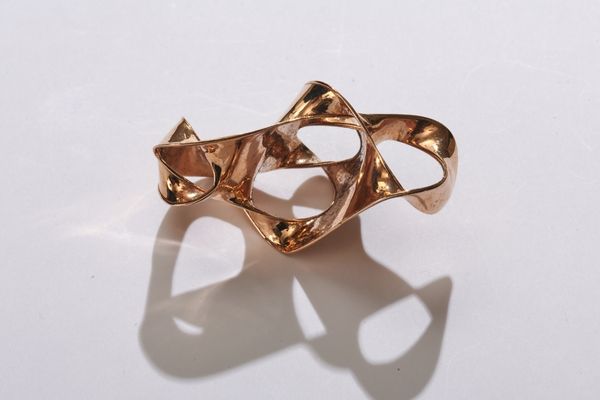
FAQ
Will the plating wear off?
Yes, over time. Friction, moisture, and skin chemistry can all wear down plating. With proper care, plating can last 6–24 months. After that, jewelry can be replated.
Is plated brass good quality?
Plated brass offers the durability of brass with the premium appearance of precious metals, at a lower cost. While not as long-lasting as solid gold or silver, it provides excellent value.
Can plated brass cause allergies?
It depends. If you have nickel allergies, then nickel plated is not suitable.
Our gold and rhodium platings are nickel-free and generally hypoallergenic. If the plating wears off and exposes brass, some skin types may react to copper or zinc.
Can I wear plated brass every day?
You can, but it’s best suited for occasional wear. Rings and bracelets worn daily will show wear faster than earrings or pendants.
How do I clean it?
Wipe gently with a soft cloth. Avoid chemicals, water, alcohol-based cleaners, or polishing agents.
Can plated brass be re-plated?
Yes. Jewelers can re-plate brass pieces when the original finish wears down, restoring their original appearance.
Explore Materials
- Gold Casting Guide
- Silver Casting Guide
- Brass Casting Guide
- Bronze Casting Guide
- Plated Brass Guide
- Platinum Casting Guide

